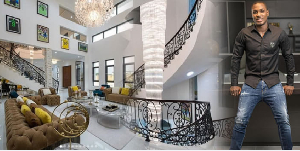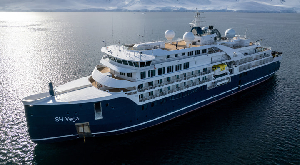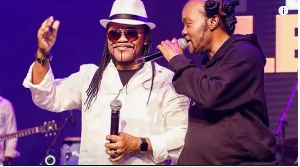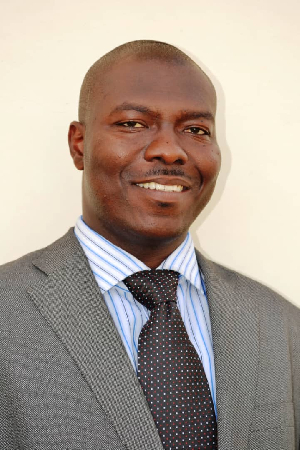- Home - News
- TWI News | TV
- Polls
- Year In Review
- News Archive
- Crime & Punishment
- Politics
- Regional
- Editorial
- Health
- Ghanaians Abroad
- Tabloid
- Africa
- Religion
- Election 2020
- Coronavirus
- News Videos | TV
- Photo Archives
- News Headlines
- Press Release
General News of Friday, 28 March 2003
Source: .
Do not create tension by your reportage
The media were on Thursday reminded to be mindful about their coverage of the proceedings of the National Reconciliation Commission (NRC) to avoid inflaming passions and creating unnecessary tensions.
They were also urged to separate facts from opinions, crosscheck facts, and spellings and pronunciation of names of witnesses who appear before the Reconciliation Commission.
These were contained in the Second Media Monitoring report on the coverage of the work of the NRC and the reconciliation process in general. The period was for February. The monthly report is being compiled by Media Watch Limited, a media Consultancy firm, as part of a contractual agreement entered into with the National Media Commission (NMC) and it would run for one year.
At a stakeholders' meeting to discuss the reports, it come to light that the second period of monitoring marked a 300 per cent increase in total airtime devoted to national reconciliation in relation to the first period with the 30,709 seconds recorded.
According to the report, the Ghana News Agency (GNA) in the Wire Service category published the most stories, 32 in all including those, which were not direct reports from the hearings of the NRC.
The report said all stories published by the GNA were neutral in tone and in portrayal of witnesses appearing before the Commission. Ghana Television gave the most coverage of 91.7 per cent of the total airtime, followed by TV3 and Metro TV, which accounted for 6.2 per cent and 2.2 per cent respectively.
In the case of radio, Uniiq FM and Radio 2 together gave a little over 54.9 per cent of the entire airtime devoted to the process while in the print media, the state-owned media devoted a larger space to the reconciliation stories.
The Evening News emerged as the paper that gave the largest coverage of 17.9 per cent while the Pioneer continues to be among the category of papers that devoted the least of space to the proceedings.
However, most of the stories broadcast on radio were not accompanied by actuality and in the case of newspapers, the Evening News turned out to be the only medium that enhanced their stories with the largest number of photographs by carrying an average of two photographs per story.
According to the report, most of the stories on the proceedings were generally neutral in tone and in their portrayal of witnesses. However, in spite of the general trend in the tone and direction of the coverage, the report said a lot should be done to improve the quality and quantity of coverage while the radio stations were urged to support their stories with actualities.










